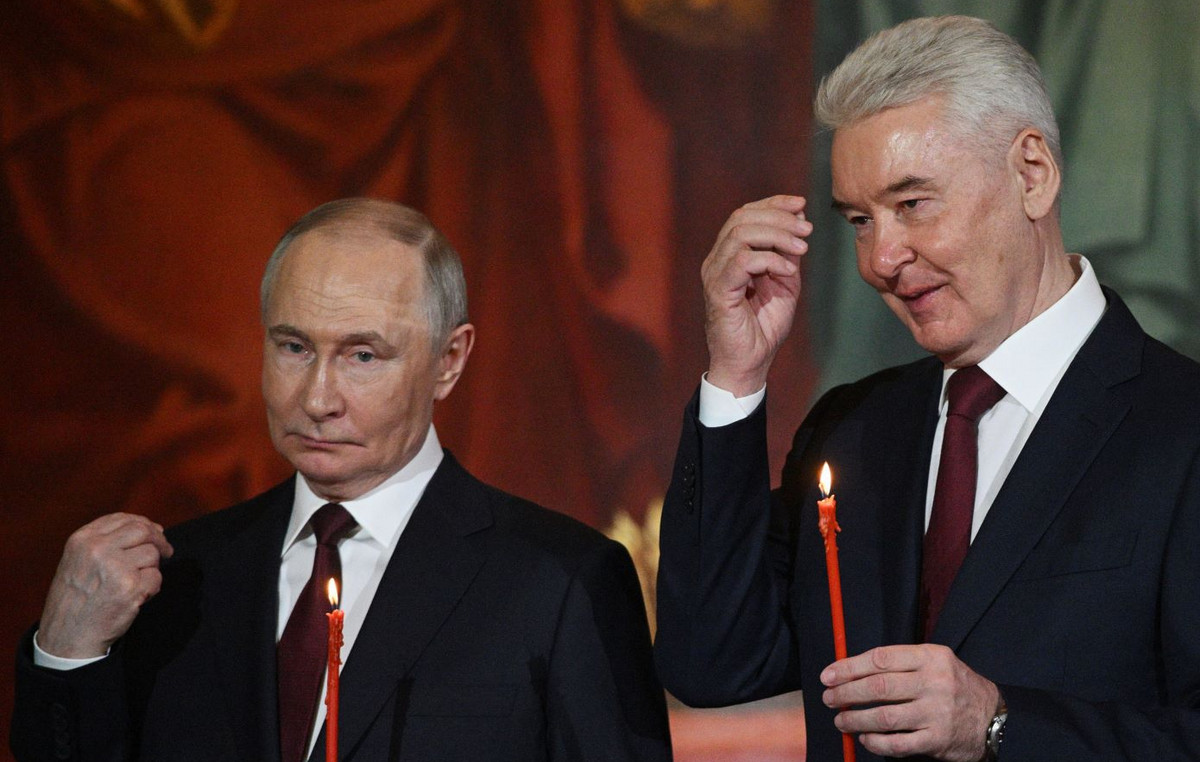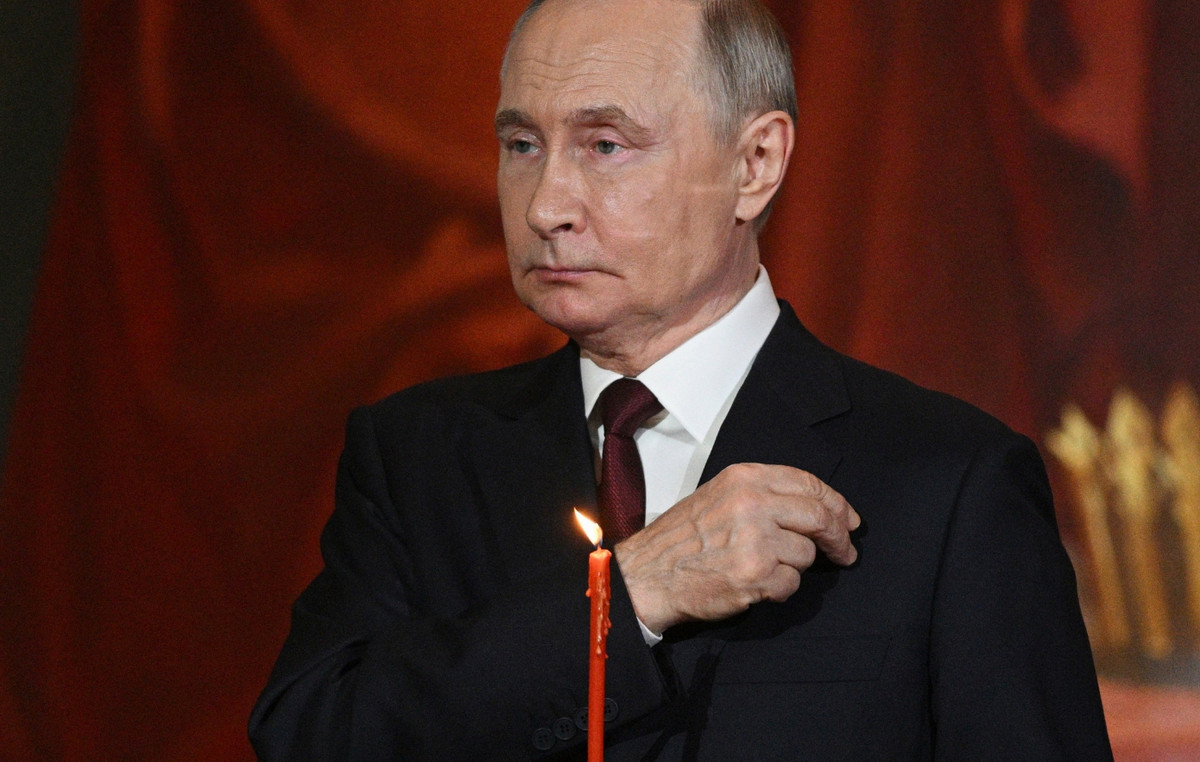- WTI price is holding steady near $69.75 in early Asian trading on Friday.
- Continued low demand in China is dragging WTI prices down.
- A delay in OPEC+ supply increases and encouraging reports on weekly US crude oil inventories could limit WTI’s downside.
West Texas Intermediate (WTI), the benchmark for US crude oil, is trading around $69.75 on Friday. The price of WTI is falling to a new 2024 low amid concerns about demand in the US and China. However, the delay in the increase in OPEC+ oil production and an increase in the large drawdown of crude oil inventories could help limit WTI losses.
Concerns over weak Chinese economy and oil demand undermine WTI prices as China is the world’s largest importer of crude oil. Weaker-than-expected Chinese NBS manufacturing PMI released over the weekend and softer Caixin manufacturing PMI on Wednesday contributed to WTI’s decline.
However, the fall of black gold could be limited due to positive news from the Organization of Petroleum Exporting Countries and allies (OPEC+) and the increase in the large reduction of crude oil inventories.
OPEC+ has agreed to delay planned production increases for October and November, Reuters reported on Thursday. “Libyan production is expected to resume after the resolution of disputes in the country, which also weighed on crude oil prices. However, the OPEC+ decision could support crude oil prices at lower levels. The dollar index also fell amid strength in the Japanese yen and may support crude oil prices at lower levels,” said Rahul Kalantri, VP of Commodities, Mehta Equities Ltd.
U.S. crude oil inventories fell more than expected last week. According to the U.S. Energy Information Administration (EIA), U.S. crude oil inventories for the week ending August 30 fell by 6.873 million barrels, compared with a decline of 0.846 million barrels in the previous week. The market consensus had been for inventories to decline by just 0.9 million barrels.
WTI Oil FAQs
WTI crude oil is a type of crude oil sold on international markets. WTI stands for West Texas Intermediate, one of three main types that include Brent and Dubai crude. WTI is also known as “light” and “sweet” for its relatively low gravity and sulfur content, respectively. It is considered a high-quality oil that is easily refined. It is sourced in the United States and distributed through the Cushing hub, considered “the pipeline crossroads of the world.” It is a benchmark for the oil market and the price of WTI is frequently quoted in the media.
Like all assets, supply and demand are the main factors determining the price of WTI crude oil. As such, global growth can be a driver of increased demand and vice versa in the case of weak global growth. Political instability, wars and sanctions can disrupt supply and impact prices. Decisions by OPEC, a group of large oil producing countries, are another key driver of price. The value of the US Dollar influences the price of WTI crude oil, as oil is primarily traded in US Dollars, so a weaker Dollar can make oil more affordable and vice versa.
The weekly oil inventory reports published by the American Petroleum Institute (API) and the Energy Information Agency (EIA) influence the price of WTI oil. Changes in inventories reflect fluctuations in supply and demand. If the data show a decrease in inventories, it may indicate an increase in demand, which would push up the price of oil. An increase in inventories may reflect an increase in supply, which pushes down prices. The API report is published every Tuesday, and the EIA report the following day. Their results are usually similar, with a difference of 1% between them 75% of the time. The EIA data is considered more reliable because it is a government agency.
OPEC (Organization of the Petroleum Exporting Countries) is a group of 13 oil-producing nations that collectively decide on member countries’ production quotas at biennial meetings. Their decisions often influence WTI oil prices. When OPEC decides to reduce quotas, it can restrict supply and drive up oil prices. When OPEC increases production, the opposite effect occurs. OPEC+ is an expanded group that includes ten other non-OPEC countries, most notably Russia.
Source: Fx Street
I am Joshua Winder, a senior-level journalist and editor at World Stock Market. I specialize in covering news related to the stock market and economic trends. With more than 8 years of experience in this field, I have become an expert in financial reporting.







